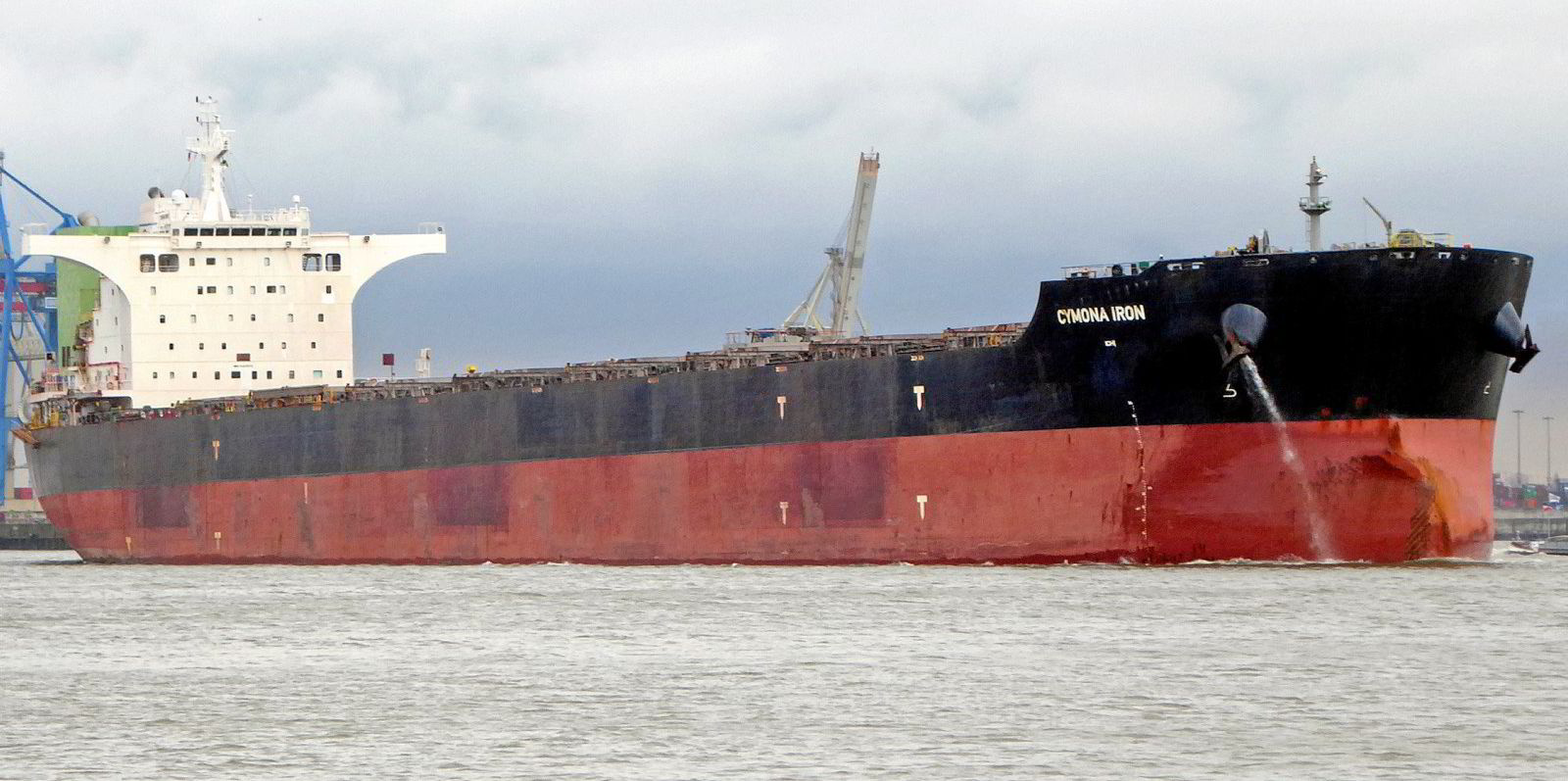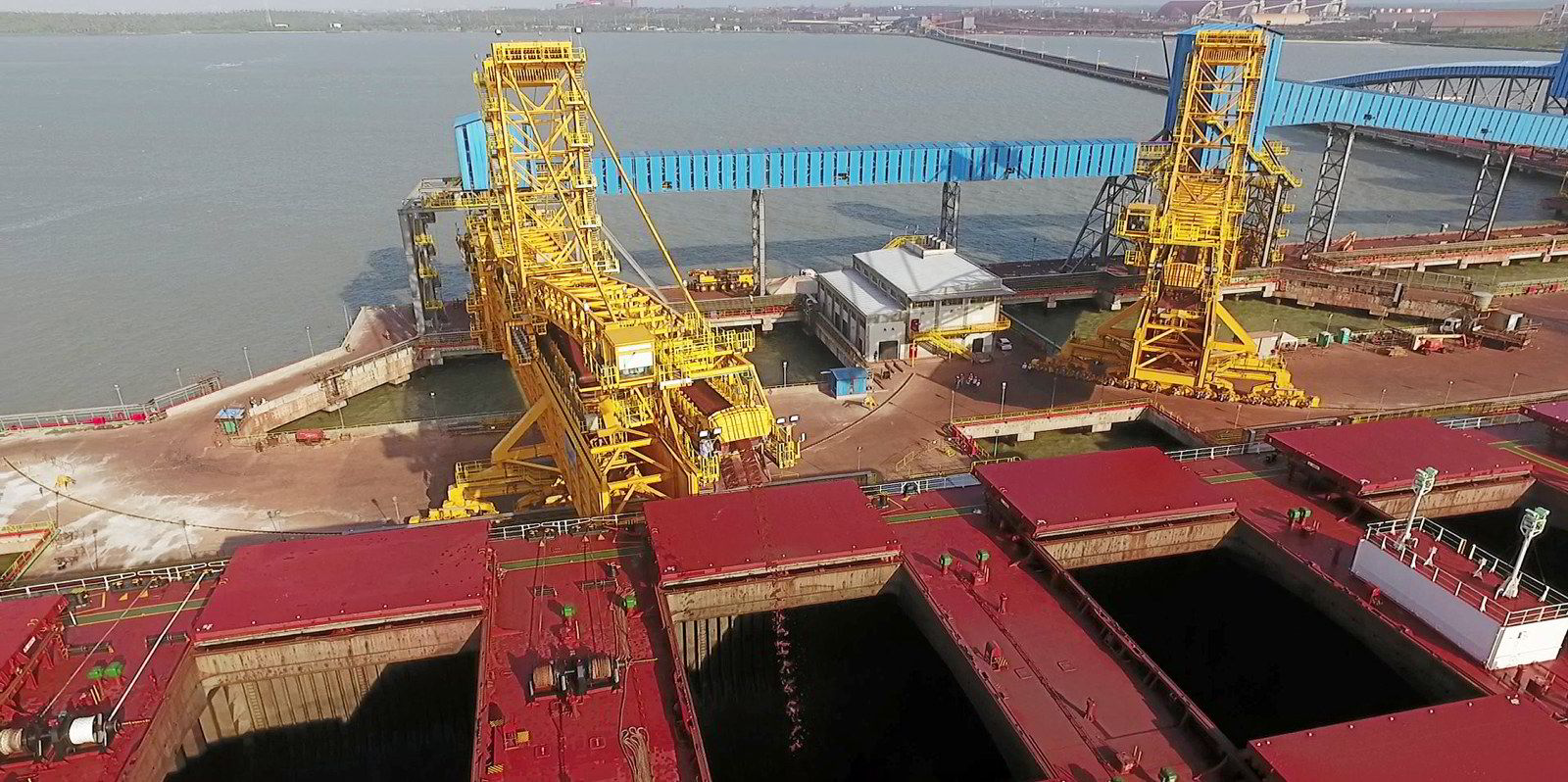The Baltic Capesize Index on Friday delivered the biggest daily increase in just over two years and the futures market responded with a frenzy.
The weighted average spot rate across five key capesize routes leapt up by $5,855 on Friday and was assessed by panellists at $28,071 per day.
This is the fifth largest daily jump in the capesize index post-2010, according to Arrow Shipbroking’s research team.
Friday was the day that many players in the dry freight futures market realised that the massive backwardation in the market just was not sustainable and, in the absence of any chance of a collapse, it was time to start closing out short positions.
December contracts for capesizes opened at just $20,450 per day — way too steeply discounted when compared to Friday’s bumped-up physical index. From there on out, the only way was up for the day’s paper trading.
Volumes were busy throughout the day on Friday for capesize with some “chunky” trades as big as 150 lots being transacted.
Price ranges have been all over the place. The December capesize contract — the focal point of much of Friday’s activity — opened at $20,450 per day and hit a high of $22,300 per day before finally closing at $21,661 per day.
“A few weeks ago, it felt like most of the market was hoping for one last push and then sell it and then head off for the Christmas party. However, the push has been so strong, holidays will have to wait,” a trader told TradeWinds on Friday.
Momentum has been building during November, lifting the forward curve higher for next year. Arrow noted that the capesize futures contract for full-year 2024 has risen by more than $2,000 since this month began. The contract settled on Friday at $16,288 per day.
Arrow said it thinks that some optimism from iron ore futures has likely transferred to the capesize forward freight agreement market too.
Sentiment has been building in the physical market as tonnage supply in the Atlantic has tightened relative to demand, which has remained steady on the back of cargo flows for iron ore and bauxite. This has translated to much firmer reported fixtures from major charterers.
Mining giant Vale was reported on Thursday to have fixed a capesize for an iron ore voyage to China from Brazil at $27 per tonne, loading from 9 December, the highest rate reported for the trip in some time.
Bulker operator Swissmarine was also heard to have fixed Stealth Maritime’s 177,897-dwt capesize Transworld Navigator (built 2010) at $26 per tonne for an iron ore voyage from Nouadhibou in Mauritania to Qingdao, loading at the beginning of December.
“The drivers behind the recent push look similar to those that brought cape earnings over $30,000 [per day] about a month ago – a sharp fall in tonnage supply in the Atlantic, robust [West Africa] bauxite shipments and healthy [iron ore] volumes out of Brazil. Couple that with positive sentiment, and the rates are surging,” Arrow said.
Congestion — the big driver behind the last boom in capesize day rates — has been steadily rising too, tying up tonnage at sea and boosting earnings. Arrow estimates that capesize congestion has risen by 40% since low levels seen at the end of September.

The strength in capesize demand is likely also being driven by a lower number of very large ore carrier arrivals in Brazil during the final two weeks of December, Arrow said.
Meanwhile, global daily iron ore shipments are “very strong” and well above the seasonal norms, the firm said in its research report.
Despite this pop in freight rates, a material improvement in the market’s underlying fundamentals is yet to be seen, Arrow said in its report.
“The tightness may persist for a few more days/weeks. The tonnage situation is unlikely to improve overnight. We are entering Brazil’s wet season, but rainfall has so far been much lower than seasonal norms, suggesting healthy volumes to continue in the coming days,” the research team at Arrow Shipbroking said in a note on Friday.
“By contrast, the rainy season in WAF is long over, and volumes are set to rise further. On that basis, the market may remain tight a little longer. But as we move further into December and towards the end of the year, the balance in the Atlantic is likely to be restored and with that, rates are likely to soften.”





